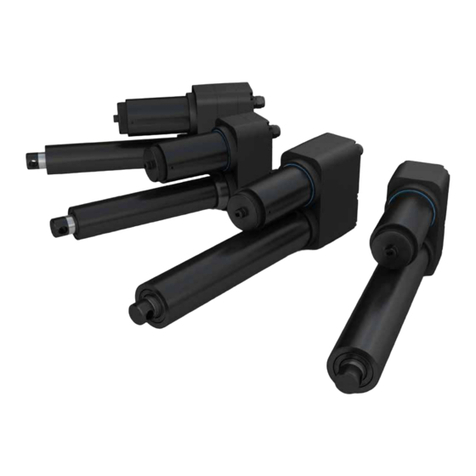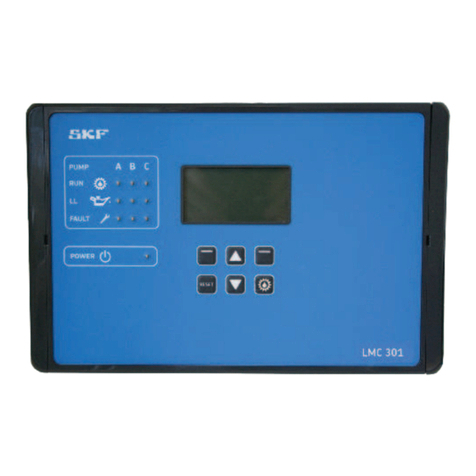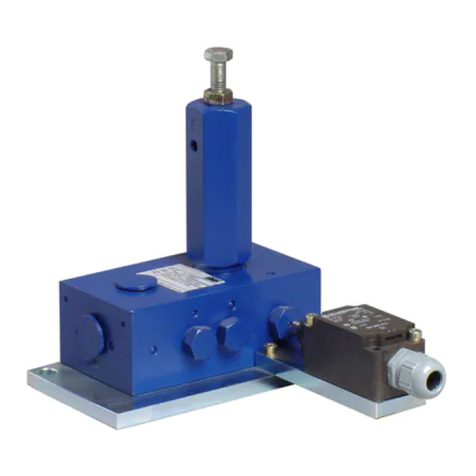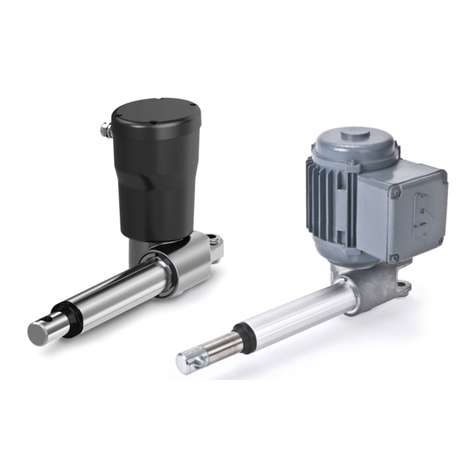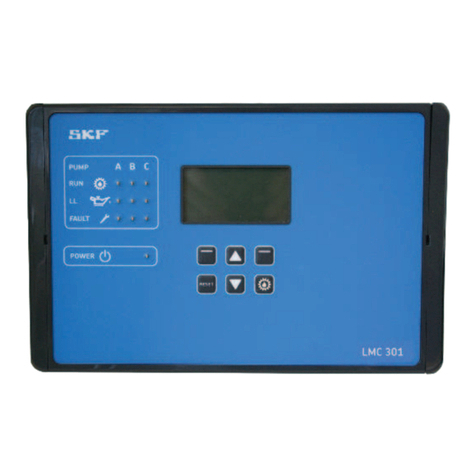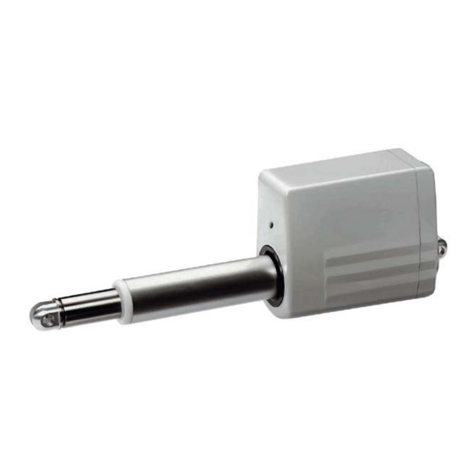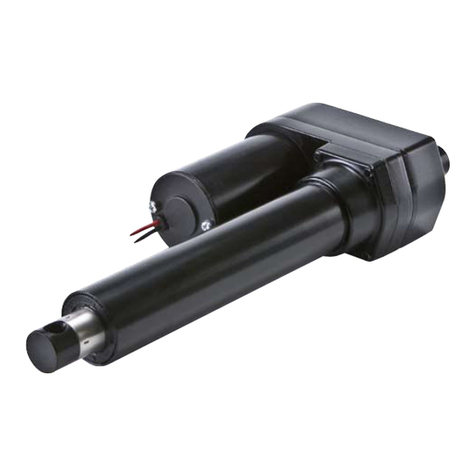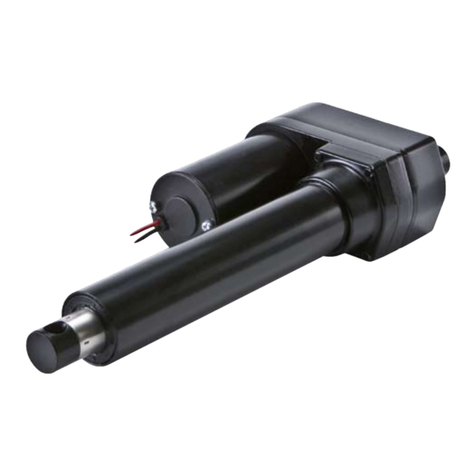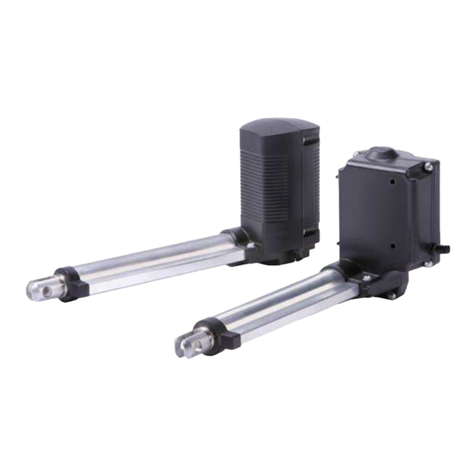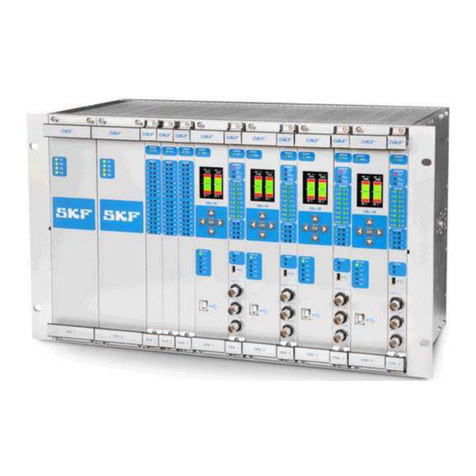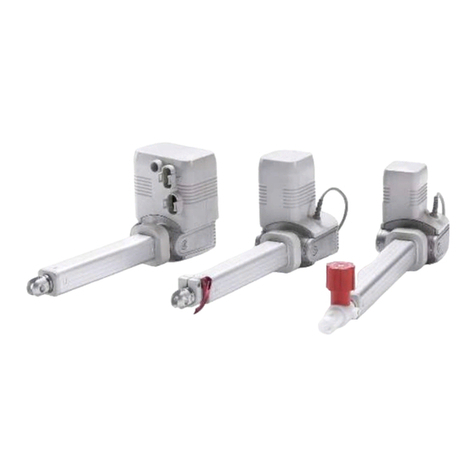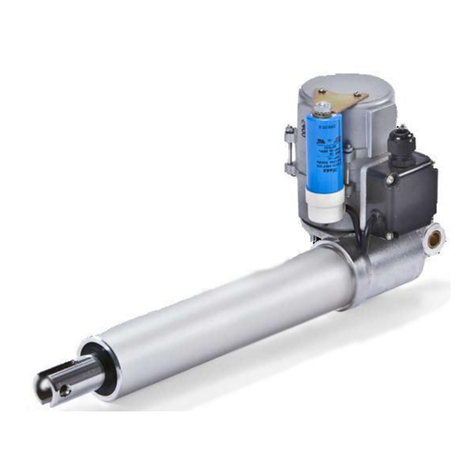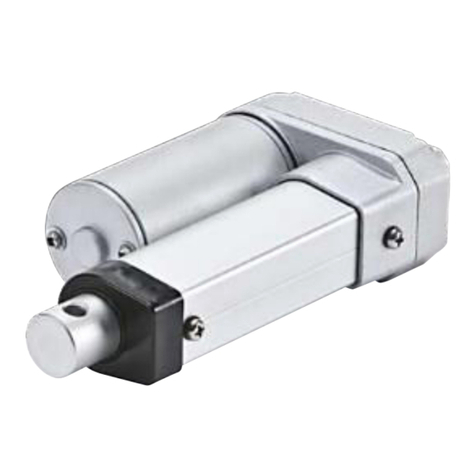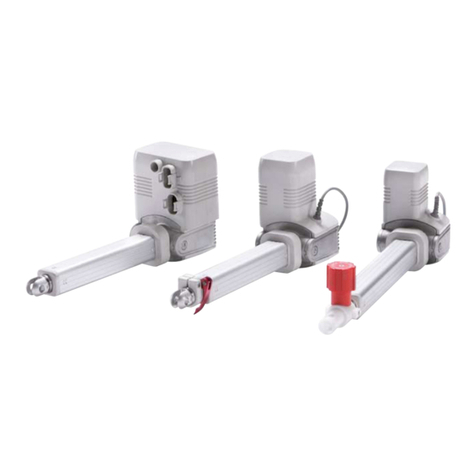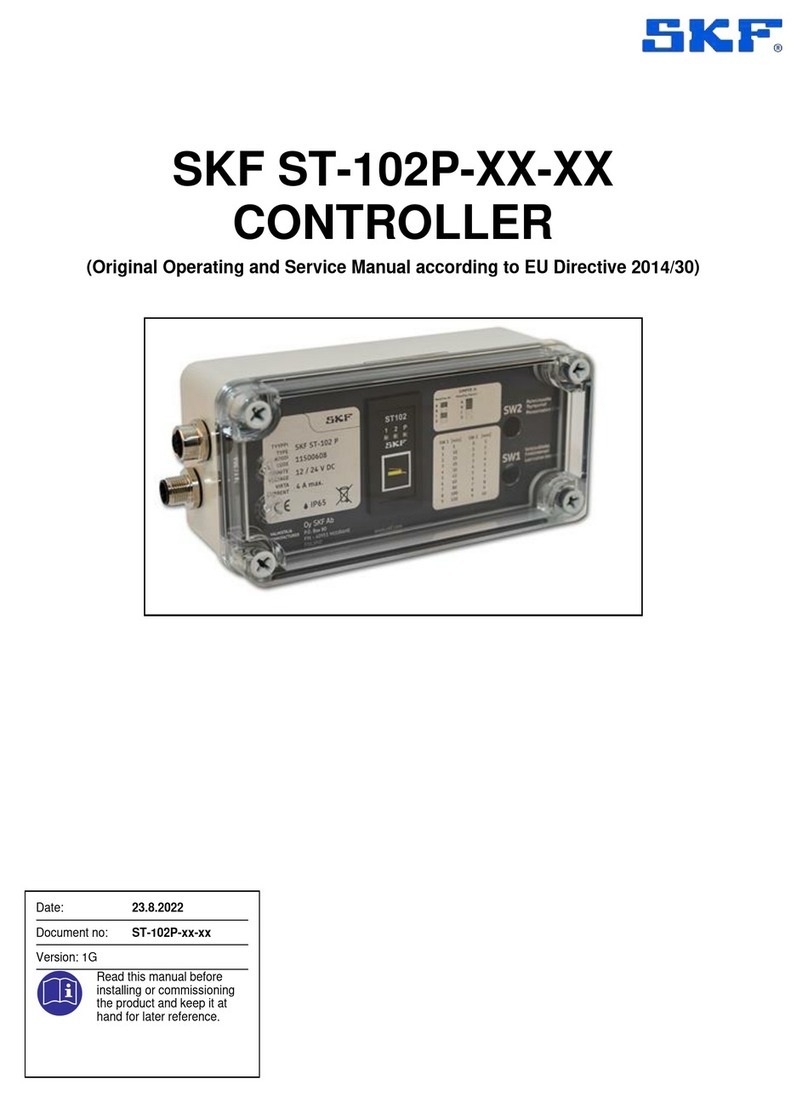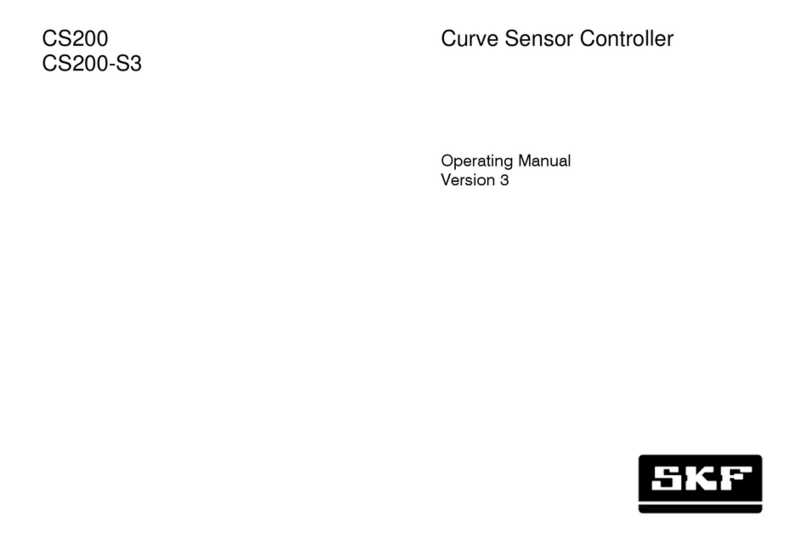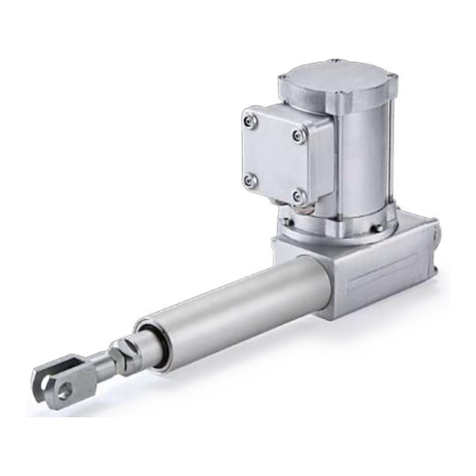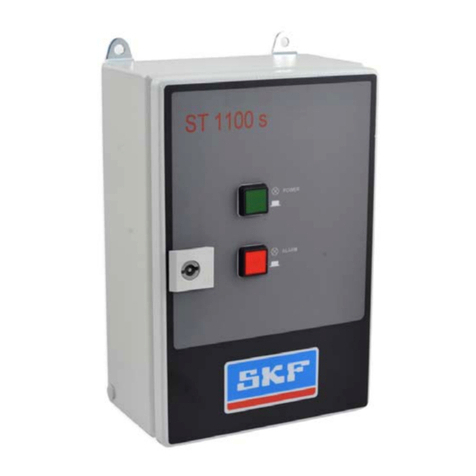1. Safety instructions
ENEN
1. Safety instructions
1.1 General safety instructions
The operator must ensure that the instruc-
tions are read and fully understood by all
persons tasked with working on the product
or who supervise or instruct such persons.
The operator must also ensure that the
staff fully understands the content of the
instructions.
The instructions must be kept readily avail-
able together with the product.
The manual forms part of the product and
must accompany the product if sold to a
new owner.
The product described here was manufac-
tured according to the state of the art.
Risks may, however, arise from its usage
and may result in personal injury or damage
to property.
Any malfunctions affecting safety must be
remedied immediately.
In addition to the assembly instructions/op-
erating instructions, all statutory regulations
and other regulations for accident preven-
tion and environmental protection must be
observed.
1.2 General behavior when handling the
product
o The product may only be used in awa-
reness of the potential dangers, in pro-
per technical condition, and according
to the information in this manual.
o Personnel must familiarize themselves
with the functions and operation of the
product. The specified assembly and
operating steps and their sequences
must be observed.
o Any unclear points regarding proper
condition or correct assembly/operation
must be clarified.
Operation is prohibited until issues have
been clarified.
o Unauthorized persons must be kept
away.
o All safety instructions and in-house
instructions relevant to the particular
activity must be observed.
o Responsibilities for different activities
must be clearly defined and observed.
Uncertainty seriously endangers safety.
o Protective and safety mechanisms can-
not be removed, modified, nor disabled
during operation and must be checked
for proper function and completeness at
regular intervals.
If protective and safety mechanisms
must be removed, they must be ins-
talled immediately following conclu-
sion of work and checked for proper
function.
8
